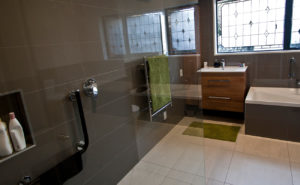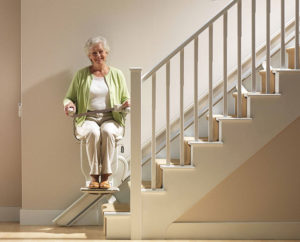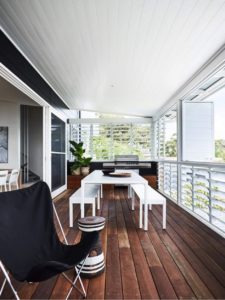FUTUREPROOFING RENOVATIONS
When designing renovations, I give clients 2 main pieces of advice.
1-design for your current needs
2-consider your future requirements and include flexibility in the design to adapt over time
Renovating can be an exciting and daunting process, but spending extra time on the planning and design stage can save a lot of heartache later on. So many times I hear people who didn’t use a design professional tell me they wish they had consulted with an architect or interior designer as there were many things that they just didn’t think about until after the build was completed.
So here are a few tips to help futureproof your renovation:-
1. Orient your living spaces to north and provide the ability to open up and close the space so it can be used all year round as much as possible. Decks and outdoor living areas can become additional rooms for a family to spread out and get some space as long as they are comfortable and protected from the sun and rain. Fans and heaters can provide that extra level of comfort that make the space liveable all year round.
2.Design your bathrooms with accessibility in mind. Remove steps and hobs into shower and bathroom areas and provide adequate space for future wheelchair access. Ensure the walls have additional nogging in the framework to fix grab rails to so that later on when these are required you don’t have to pull down the walls to install them as the walls need additional stiffening where grab rails area required. Another option is to provide plywood lining to your stud framing to all bathroom walls before the fc lining and tiles so that rails including towel and grab rails can be located anywhere within the room. Research shows that it costs 22 times more to retrofit a home for better accessibility once a renovation is completed.


3. Provide at least one access to the house that is step-free and wheelchair friendly. Straight stairs are much easier to retrofit ‘stair lift seats’ to than a split staircase and this means that everyone can have access to the whole house.

4. Provide 1m wide corridors for easy access around the house and 850mm clear doorways into all rooms for wheelchair access.
5. Design for limited mobility. Statistics show that over a lifetime many if us will have limited mobility and that 1 in 5 Australians currently have a disability of some type. This can be due to:-
pregnancy
temporary injury
ageing
temporary or permanent disability
Designing your renovation with these elements in mind will not only make access easier but will futureproof your home and allow you to age in place or resell your property to a much wider demographic.
The ‘Liveable Housing Design Guidelines’ are a great resource for all renovators who want to futureproof their home. https://livablehousingaustralia.org.au/
#futureproofrenovations
#renovationdesign
#outdoorliving
#accessablehousing
#design
#renos
#liveablehousing
#buildingforthefuture


